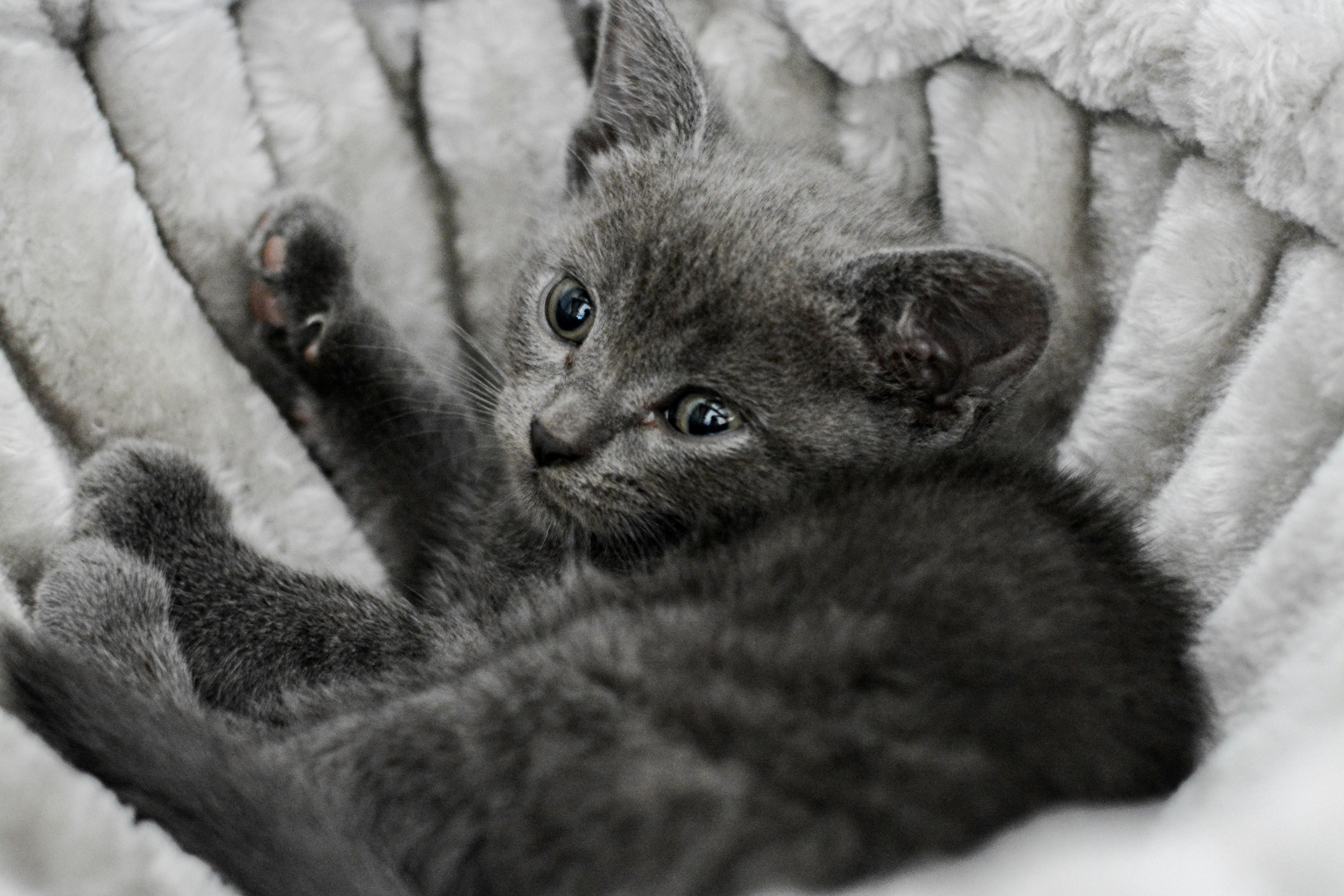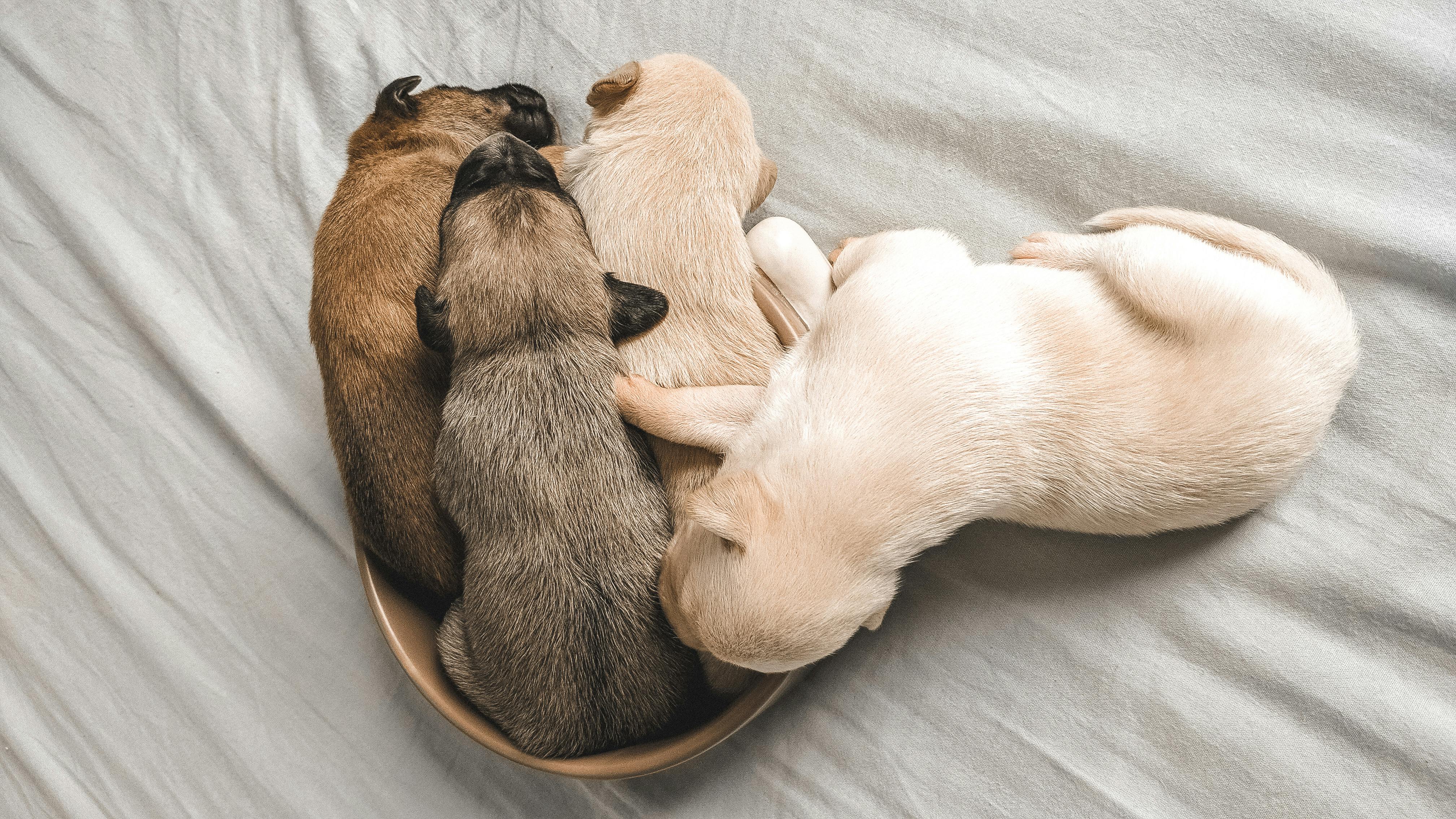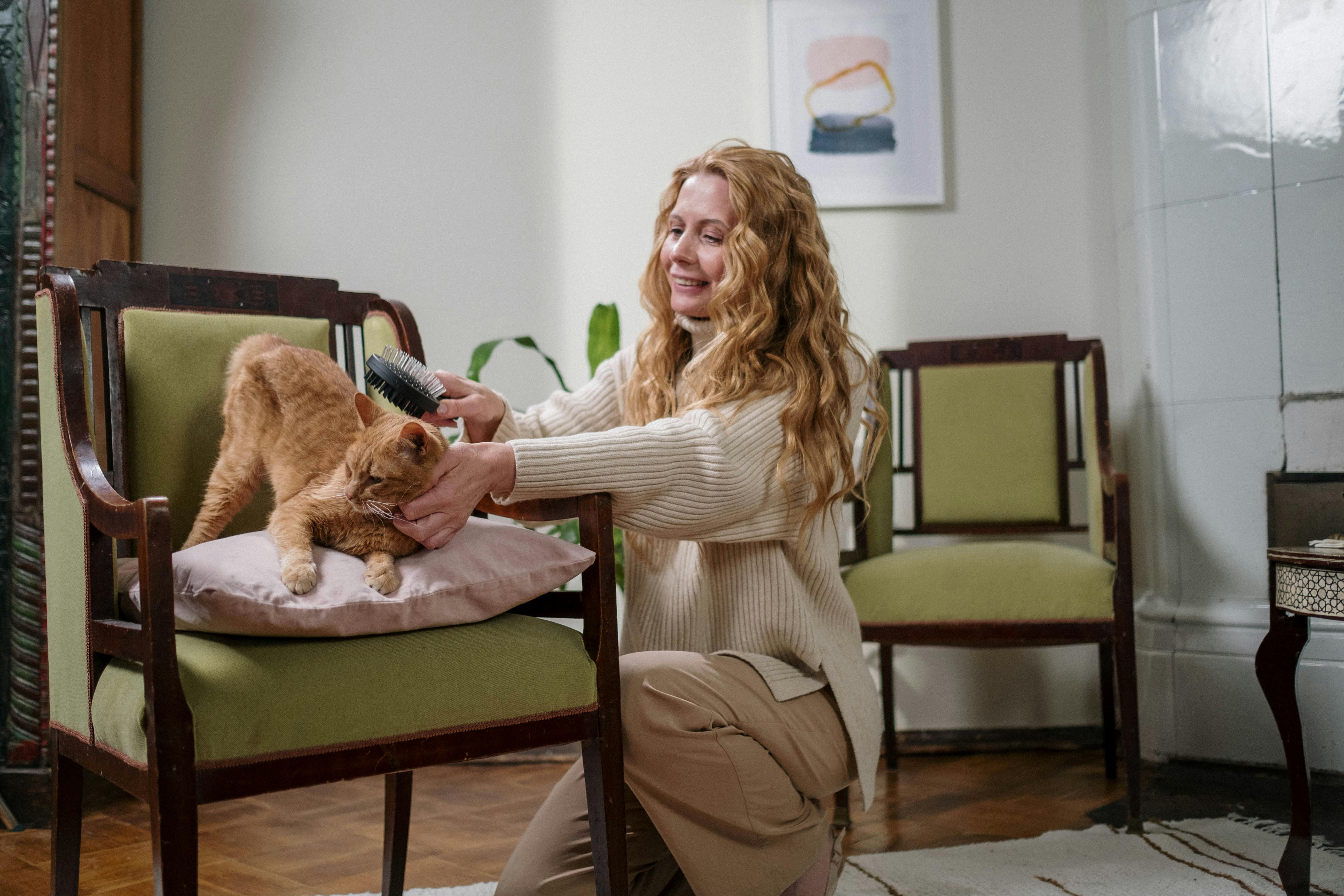The concept of selective breeding was first discovered in the mid-1800s by the Austrian monk Johann Mendel. He presented two “laws” that fell into obscurity until their rediscovery in the early 20th century.
Mendel’s first law stated that if two parents of pure strains cross and differ in a single trait for which one has two dominant factors (his word for genes) and the other has two recessive factors, all the offspring of the first generation will show the trait of the dominant factor. For example, crossing a true reproductive parent with a black coat and a true reproductive parent with a blue coat will result in a kitten with a black coat, black is dominant over blue.
The second law establishes that the crossing of the offspring will produce variety in that same trait. Some will resemble each of the grandparents in terms of that trait, and others will resemble none. Therefore, some of the next generation will have black coats, some blue coats, and some will have coats of other colors.
Today we know that all the characteristics of any cat or any living creature are controlled by genes, which are located on the chromosomes. When fertilization takes place, the male’s sperm unites with the female’s egg and the chromosomes of the created offspring are arranged in pairs. Half of each pair comes from the father, while the other half comes from the mother. Thus, the newly created animal is given its genetic programming, its characteristics have been determined.
Breeders try to produce kittens with maximum display potential by continuing with the best characteristics of the parents and improving other characteristics. They can fully concentrate on aesthetic qualities, because it is not necessary to consider the usefulness of the animal in terms of function. While breeders of other animals may also consider “skills” or the purpose for which the offspring will be used, such as raising horses, beef cattle, working dogs where appearance is not the number one reason.
New breeds and varieties are established in one of three ways.
Mutant cat breeds like Sphynx, American Wirehair, Cornish Rex, and Devon Rex are examples. Mutations are impossible to predict, but when they do occur, they are passed on to later generations like any other gene.
Recombination of mutant genes: This usually gives us new varieties of color rather than entirely new breeds. This is how breeders eventually developed a dozen varieties of the Burmese cat.
Continuous selection of Polygenes, also known as quantitative genes, to produce the desired trait. No mutation is involved, only the selection for further reproduction of the members of each new generation that best demonstrates the desired characteristics. The Siamese was a man-made process for many generations.
The mutation may explain the fact that domestic cat kittens are born domestic. With most wild species, the domestication process must be repeated with each new generation. Another important term in breeding is “inbreeding.” This in itself is neither good nor bad. It is simply a process.
Breeders often use inbreeding to purify bloodlines, such as breeding the best to the best to get closer to that “ideal” cat. Inbred offspring become more like each other with each new generation. But with inbreeding, caution must be exercised to ensure that no harmful recessive traits are highlighted. For example, in some animals, temperament, poor confirmation.
If a cat breeder wanted to obtain long-haired kittens with spiky coloration, he would breed a “purebred” long hair, that is. black and cross it with a short spiky hair, that is. Siamese. The genes for black color and short hair are dominant, so all kittens will have these characteristics. However, all kittens will also have genes for spot coloring and long hair. So if some of these kittens are crossed, the next generation could include cats with various permutations of all four characteristics (black / spiky / longhair / shorthair), including some of the desired longhair cats with spiky coloration.
You will often hear the words “homozygous,” which means true parenting. Heterzygous is “mixed” or is considered the “recessive” gene. When you first experiment with your breeding, you may notice that some of your litters are consistent, others are not, as they will contain both the dominant and recessive genes above. However, as you continue to mate with some of the selected kittens, this is when “selective breeding” will produce the desired feline offspring.



